A DAERA veterinary assessment into the cause of bovine tuberculosis (TB) in NI herds last year found that wildlife is responsible for at least a quarter of breakdowns.
Veterinary officers are required to provide an assessment of the likely cause of each bovine TB breakdown based on available evidence, and the most recent results were made available last week in DAERA’s annual report on bovine TB.
The report states that badgers were responsible for 21% of breakdowns and deer caused 4% of cases last year.
Cattle-to-cattle spread accounted for 25% of cases, purchase of infected animals caused 19% of breakdowns, carryover from previous infection was responsible for 6%, and 25% of breakdown causes were not established.
The report also gives the results of a survey of road kill badgers in NI and confirms that 17.4% of the 363 badgers tested as part of the study were infected with TB.
Removed
Recent measures introduced by DAERA as part of the bovine TB eradication programme have meant that more cattle that are not infected with the disease have been removed from herds.
Those measures include severe interpretation of skin test results, removing test-negative animals that were in contact with reactors, and partial or full herd depopulations.
“It is possible DAERA has removed an increased number of animals not infected with M. bovis (bovine TB) but showing false positive reaction. This is an inherent feature of a biological testing regime, but it is necessary for DAERA to accept this risk at this time,” the DAERA report reads.
The cost of the bovine TB eradication programme increased by £7.45m year-on-year in 2017 to £37.8m. This increase is largely due to increased compensation for reactor animals, which came to £23.4m last year.
There were 15,949 skin test reactors identified in 2017, representing a 34% increase on the 11,924 reactors in 2016. In addition, there were 2,208 new breakdown herds last year, up from 1,739 the year before. Annual herd incidence (number of new reactor herds as a proportion of the total that tested) stood at 9.61% in 2017, compared to 7.45% in 2016.
“An increasing level of bovine TB was observed at herd level in all DVO areas,” the report states.
Latest
The latest bovine TB testing results released by DAERA, for May 2018, suggest that while there are less TB-free herds going down with the disease, the number of total reactor animals coming off farms remains high.
The herd incidence for the first five months of 2018 stands at 5.9%, which is up slightly from April, but still significantly less than that recorded in recent years.
However, those figures do not account for herds chronically infected with TB. In May 2018, there were 155 new reactor herds, but in total, 278 herds had reactors at a test. That resulted in 1,120 animals being removed from farms.
Over the first five months of 2018, a total of 6,574 animals have been taken as TB reactors, which is up slightly on the same period in 2017, and 33% more than in 2016. The number of cattle removed in 2018 is at a level not seen since the spike in TB that happened in the early 2000s.
English cull lowers TB
Figures released by Defra in England confirm that there has been a decline in TB incidence in Gloucestershire and Somerset, two areas where a four-year licenced cull of badgers has just been completed. The rate of new confirmed breakdowns is now at about half the level they were before culling began.
In the Gloucestershire cull area, TB incidence has fallen from 10.4% before culling started to 5.6% in year four of the cull, while in Somerset it has reduced from 24% to 12%.
Read more
Final year of TB TVR project under way in Down
Lukewarm response to new TB group
A DAERA veterinary assessment into the cause of bovine tuberculosis (TB) in NI herds last year found that wildlife is responsible for at least a quarter of breakdowns.
Veterinary officers are required to provide an assessment of the likely cause of each bovine TB breakdown based on available evidence, and the most recent results were made available last week in DAERA’s annual report on bovine TB.
The report states that badgers were responsible for 21% of breakdowns and deer caused 4% of cases last year.
Cattle-to-cattle spread accounted for 25% of cases, purchase of infected animals caused 19% of breakdowns, carryover from previous infection was responsible for 6%, and 25% of breakdown causes were not established.
The report also gives the results of a survey of road kill badgers in NI and confirms that 17.4% of the 363 badgers tested as part of the study were infected with TB.
Removed
Recent measures introduced by DAERA as part of the bovine TB eradication programme have meant that more cattle that are not infected with the disease have been removed from herds.
Those measures include severe interpretation of skin test results, removing test-negative animals that were in contact with reactors, and partial or full herd depopulations.
“It is possible DAERA has removed an increased number of animals not infected with M. bovis (bovine TB) but showing false positive reaction. This is an inherent feature of a biological testing regime, but it is necessary for DAERA to accept this risk at this time,” the DAERA report reads.
The cost of the bovine TB eradication programme increased by £7.45m year-on-year in 2017 to £37.8m. This increase is largely due to increased compensation for reactor animals, which came to £23.4m last year.
There were 15,949 skin test reactors identified in 2017, representing a 34% increase on the 11,924 reactors in 2016. In addition, there were 2,208 new breakdown herds last year, up from 1,739 the year before. Annual herd incidence (number of new reactor herds as a proportion of the total that tested) stood at 9.61% in 2017, compared to 7.45% in 2016.
“An increasing level of bovine TB was observed at herd level in all DVO areas,” the report states.
Latest
The latest bovine TB testing results released by DAERA, for May 2018, suggest that while there are less TB-free herds going down with the disease, the number of total reactor animals coming off farms remains high.
The herd incidence for the first five months of 2018 stands at 5.9%, which is up slightly from April, but still significantly less than that recorded in recent years.
However, those figures do not account for herds chronically infected with TB. In May 2018, there were 155 new reactor herds, but in total, 278 herds had reactors at a test. That resulted in 1,120 animals being removed from farms.
Over the first five months of 2018, a total of 6,574 animals have been taken as TB reactors, which is up slightly on the same period in 2017, and 33% more than in 2016. The number of cattle removed in 2018 is at a level not seen since the spike in TB that happened in the early 2000s.
English cull lowers TB
Figures released by Defra in England confirm that there has been a decline in TB incidence in Gloucestershire and Somerset, two areas where a four-year licenced cull of badgers has just been completed. The rate of new confirmed breakdowns is now at about half the level they were before culling began.
In the Gloucestershire cull area, TB incidence has fallen from 10.4% before culling started to 5.6% in year four of the cull, while in Somerset it has reduced from 24% to 12%.
Read more
Final year of TB TVR project under way in Down
Lukewarm response to new TB group




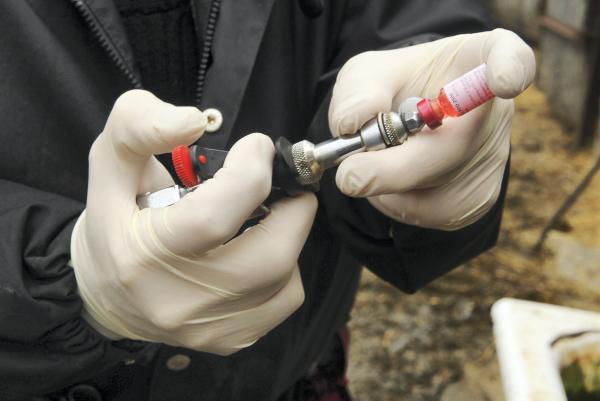
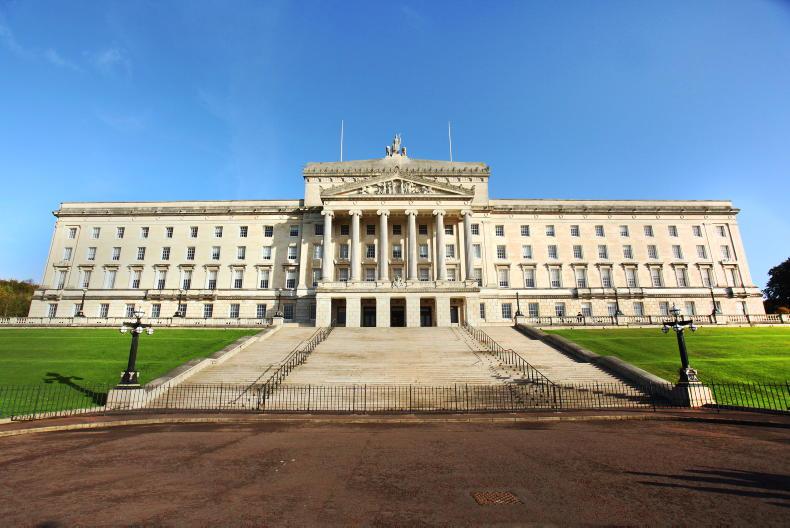
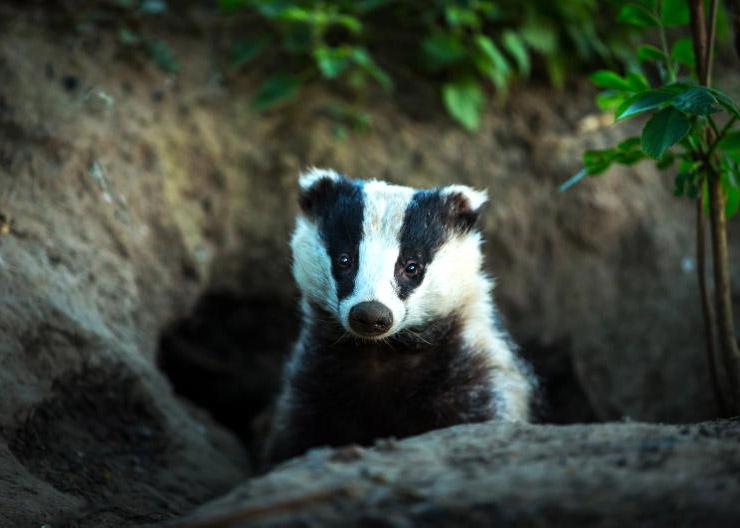
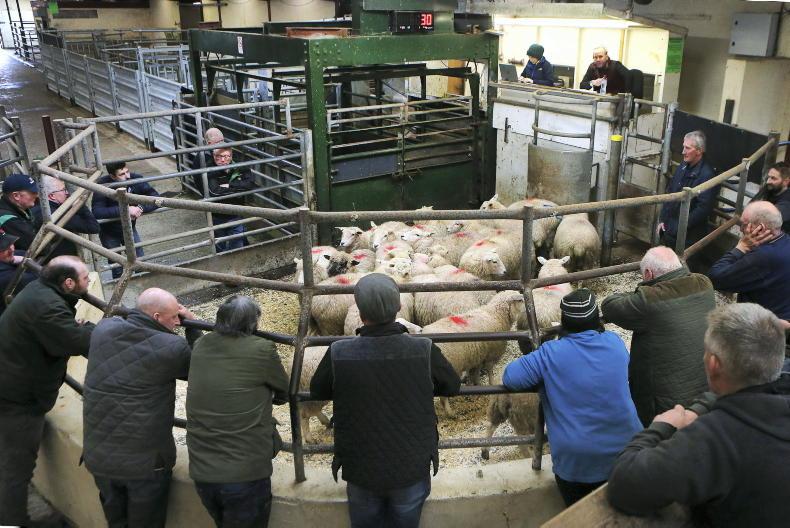
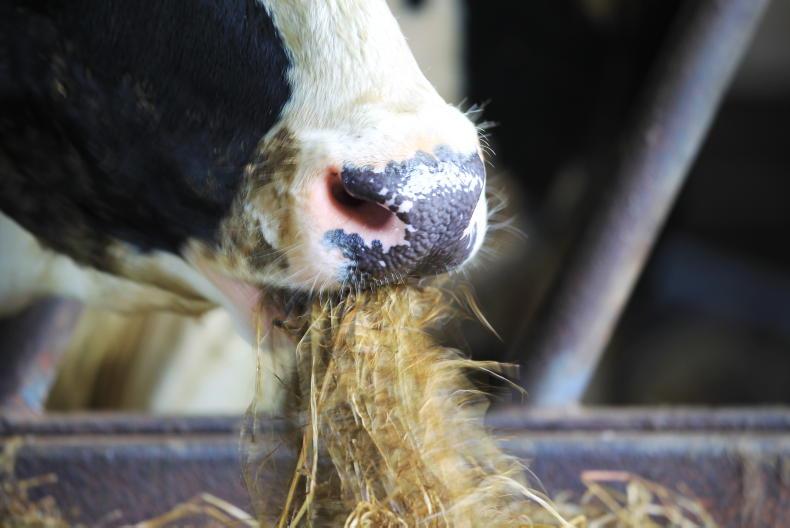
SHARING OPTIONS